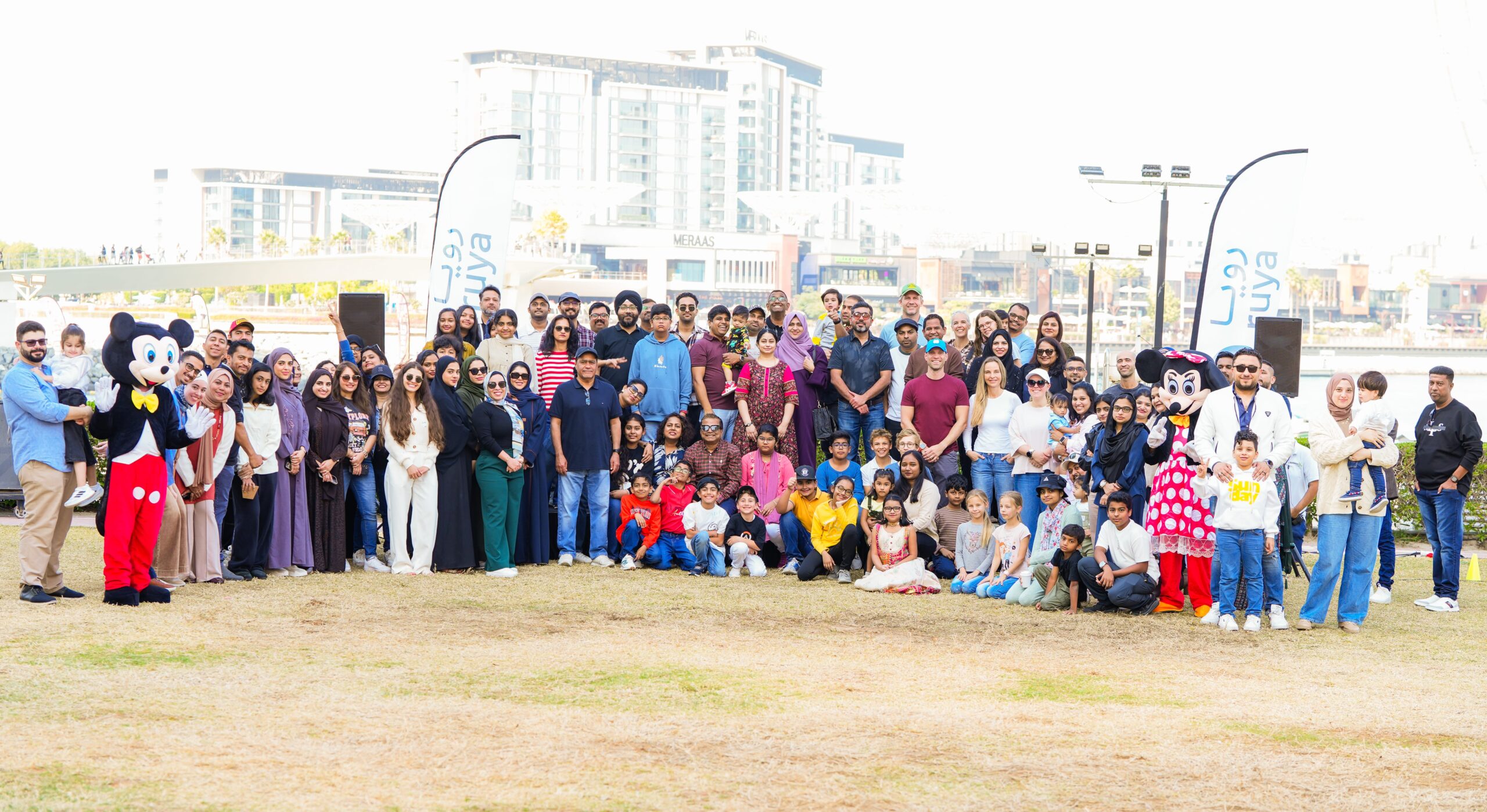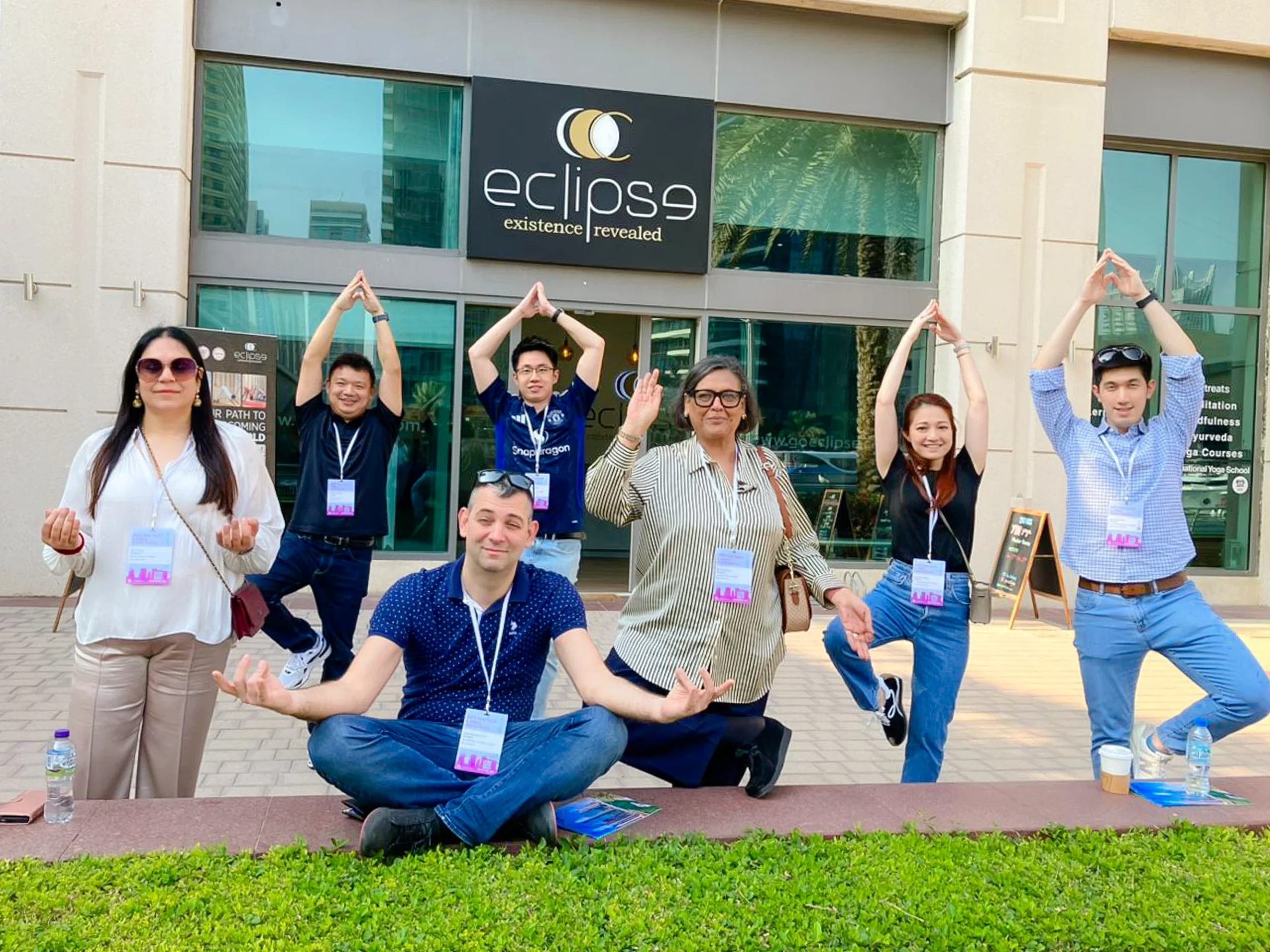In today's fast-paced and competitive business landscape, employee happiness has emerged as a critical factor for organizational success. Happy employees are more productive, innovative, and engaged, leading to higher levels of customer satisfaction, increased revenue, and overall business growth. But what sets the happiest workplaces apart? Let's delve into the secrets that contribute to a thriving work environment.
The Science of Workplace Happiness
Understanding the science behind workplace happiness can help organizations create more positive and productive work environments. Research has shown that happiness is linked to a variety of positive outcomes, including:- Increased Productivity: Happy employees are more motivated, focused, and engaged, leading to higher productivity and better performance.
- Improved Creativity: Positive emotions stimulate creativity, allowing employees to come up with innovative solutions to challenges.
- Enhanced problem-solving: Happy employees are better equipped to handle stress and make sound decisions.
- Stronger Relationships: Positive emotions foster stronger relationships with colleagues, clients, and customers.
- Reduced Turnover: Happy employees are more likely to stay with their organization, reducing turnover costs and improving retention rates.
The Pillars of a Happy Workplace
A happy workplace is built on a foundation of several key pillars:1. Strong Leadership
- Visionary Leadership: Effective leaders inspire and motivate their teams by setting a clear vision for the future. They communicate this vision clearly and consistently, ensuring that everyone is aligned with the company's goals.
- Empathetic Leadership: Leaders who show empathy and compassion build strong relationships with their team members. They understand the challenges their team faces and offer support and guidance.
- Effective Communication: Open and honest communication fosters trust and understanding. Leaders should actively listen to their team members, provide clear feedback, and encourage open dialogue.
- Recognition and Appreciation: Acknowledging and rewarding employees' efforts boosts morale and motivation. Public recognition, private thank-you notes, or small tokens of appreciation can go a long way in making employees feel valued.
2. Engaging Work
- Meaningful Work: Employees are more engaged when they feel their work is meaningful and contributes to a larger purpose.
- Autonomy: Empowering employees to make decisions and take ownership of their work increases job satisfaction.
- Growth Opportunities: Providing opportunities for professional development and career advancement keeps employees motivated and engaged.
- Clear Expectations: Clear expectations and goals provide a sense of direction and purpose.
- Challenging Work: Challenging work keeps employees engaged and motivated.
- Feedback and Coaching: Regular feedback and coaching help employees improve their performance and develop new skills.
3. Positive Company Culture
- Inclusive Culture: A culture that values diversity and inclusion creates a sense of belonging for all employees.
- Fun and Camaraderie: Incorporating fun and social activities into the workplace can boost morale and create a positive atmosphere.
- Ethical Leadership: Ethical leadership fosters trust, respect, and a sense of purpose among employees.
- Work-Life Balance: Encouraging a healthy work-life balance reduces stress and improves employee well-being.
4. Supportive Work Environment
- Strong Relationships: Fostering strong relationships among team members can improve collaboration and communication.
- Mentorship and Coaching: Mentorship programs can provide guidance, support, and career development opportunities.
- Conflict Resolution: Effective conflict resolution skills can help to maintain positive relationships and prevent workplace stress.
- Mental Health Support: Offering mental health resources can help employees manage stress and improve their overall well-being.
- Flexible Work Arrangements: Providing flexible work arrangements, such as remote work or flexible hours, can improve work-life balance.
- Employee Recognition Programs: Recognizing and rewarding employees for their contributions can boost morale and motivation.
The Role of Team Building in Creating a Happy Workplace
Team-building activities play a crucial role in fostering a happy and productive workplace. By bringing teams together for fun and engaging activities, team building can:- Strengthen Relationships: Team-building activities can help to build stronger relationships among team members, improving communication and collaboration.
- Boost Morale: Fun and engaging activities can boost morale and create a positive work environment.
- Improve Problem-Solving Skills: Many team-building activities involve problem-solving challenges, which can help employees develop critical thinking and problem-solving skills.
- Enhance Creativity: collaborative activities can spark creativity and innovation.
- Reduce Stress: Engaging in team-building activities can help to reduce stress and improve mental well-being.








